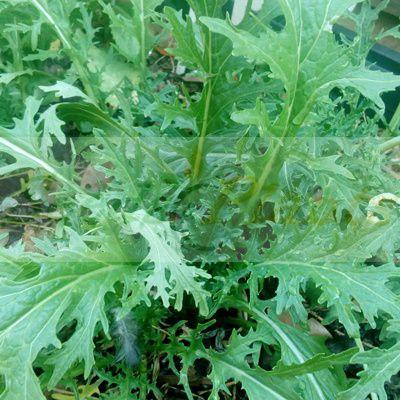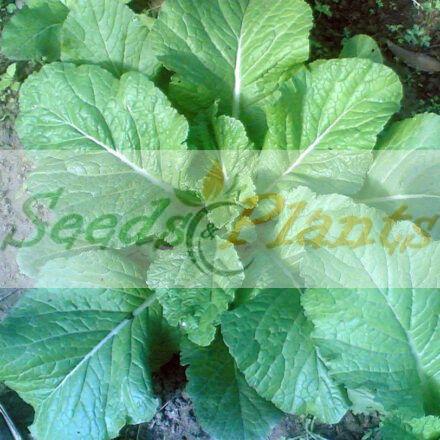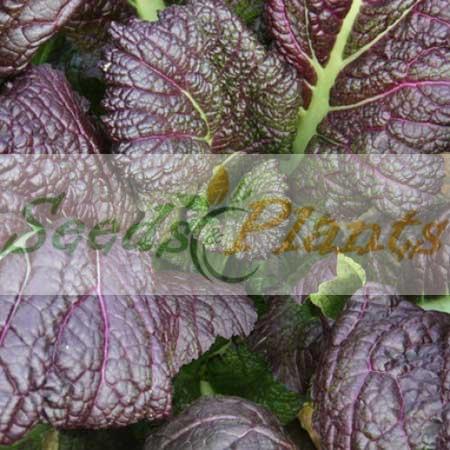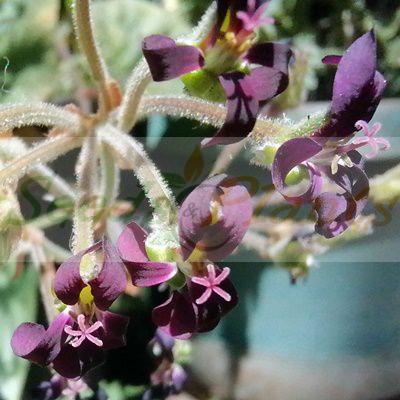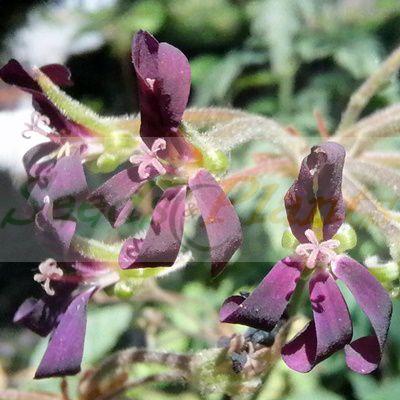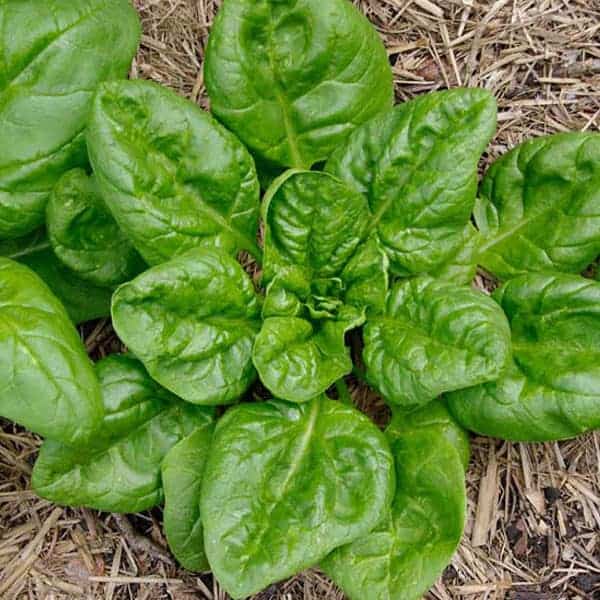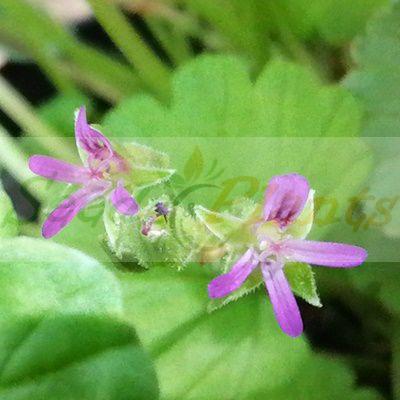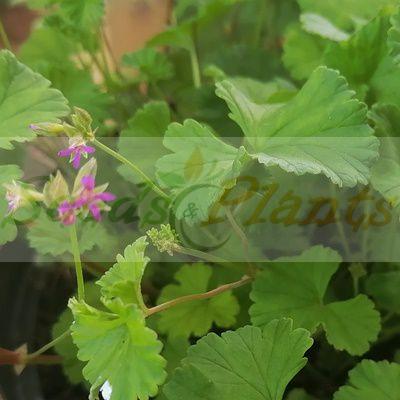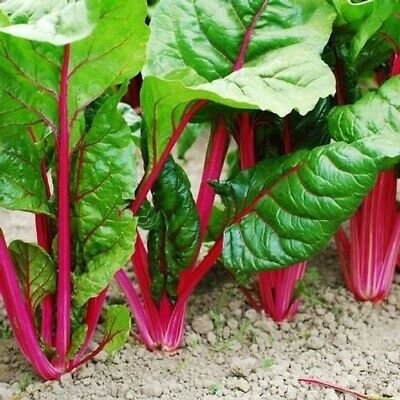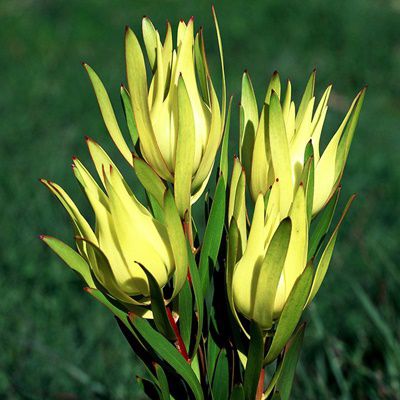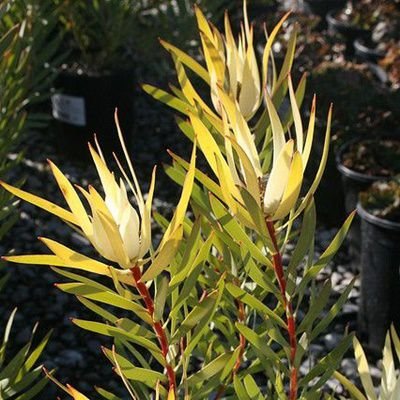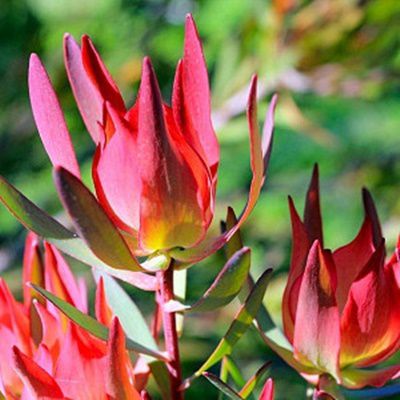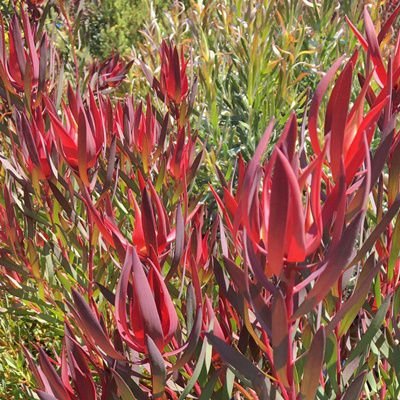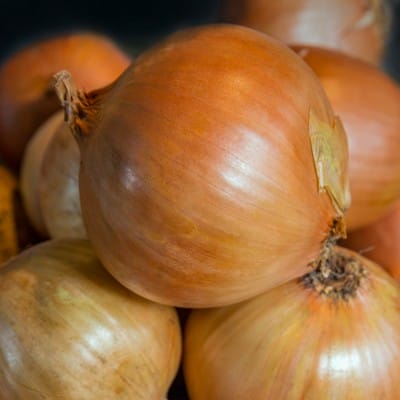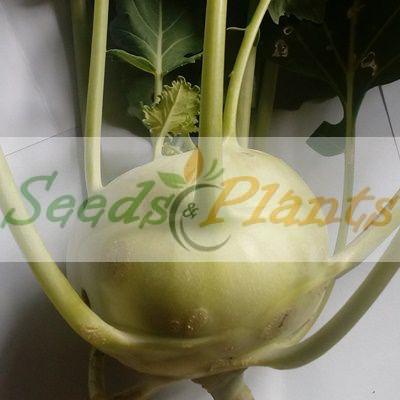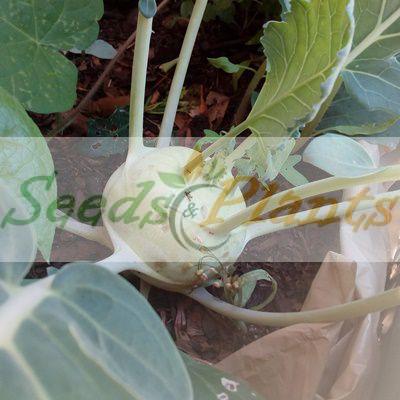Red Giant Mustard – 100 Seeds
(Brassica juncea)
R30.00
The leaf color is striking and the rich red- purple, deeply textured leaves are contrasted by the bright green of the central vein. The leaves are tender and succulent, while the stems are crunchy.
Indoor Sowing: Late Winter and Late Summer.
Direct Sowing: Early Spring and Early Autumn.
Only 3 left in stock
Red Giant Mustard is a large, leafy vegetable which may reach up to 90cm in height. The leaf color is striking and the rich red- purple, deeply textured leaves are contrasted by the bright green of the central vein. The leaves are tender and succulent, while the stems are crunchy.
Red Giant Mustard Culinary Uses
- They can be lightly steamed, stir-fried or sautéed.
- They are delicious in bean soups or as a substitute for spinach in your quiche.
- Add to salads for a unique flavor.
- Use as mini micro green or use it as a garnish.
Growing Red Giant Mustard
Indoor Sowing: Late Winter and Late Summer.
Direct Sowing: Early Spring and Early Autumn.
- Mustard greens thrive in loose, well-draining soil that is rich in organic matter. Adding compost, vermiculite, and perlite can improve soil structure and drainage.
- They need at least 6 hours of sunlight daily.
- Sow the seeds on the soil surface and cover with a thin layer of soil.
- Keep the soil moist until seeds germinate.
- Once seedlings have a few sets of true leaves, thin them to about 10 – 20cm apart.
- Can be successfully grown in containers as well.
Disclaimer
Medicinal Information:
All medicinal information on this website is for educational and informational purposes only and may not be construed as medical advice. The information is not intended to replace medical advice or treatment offered by healthcare professionals.
Seeds, Plants, Plant Cuttings, Geophytes and Dried Herbs:
In some countries and provinces, certain plants are deemed as invasive and are not allowed to be planted at all, whilst some plants are allowed to be grown only in certain areas or provinces. The onus is on you as the buyer to familiarize yourself with the regulations pertaining to your location, before purchasing any of our seeds, plants, plant cuttings, geophytes or dried herbs. We will not be held liable, should you purchase any seeds, plants, plant cuttings, geophytes or dried herbs. from us which are prohibited in your country or province.

